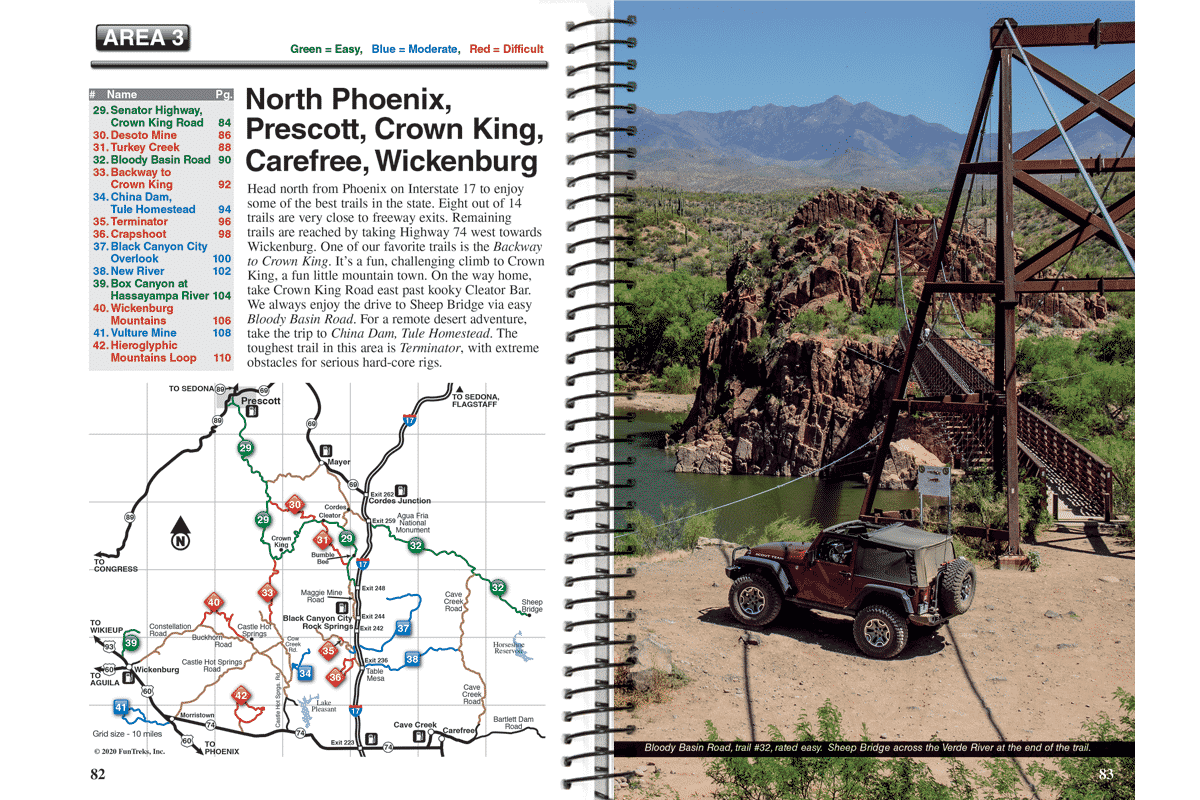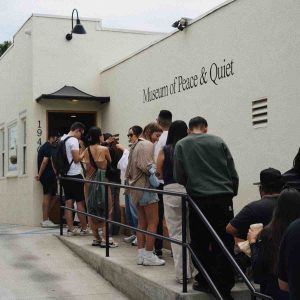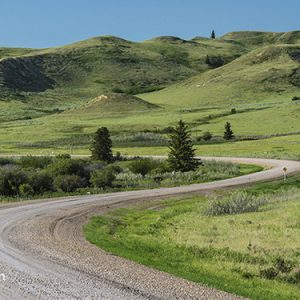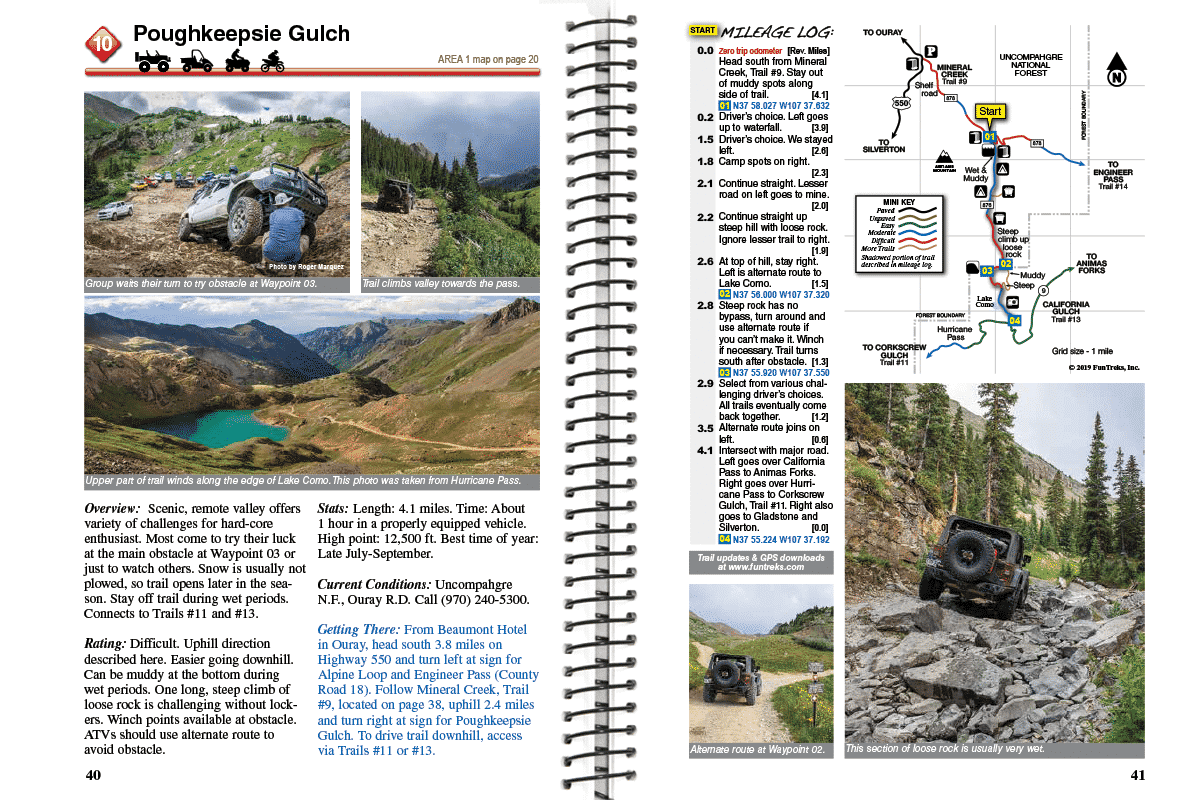
Navigate the South’s Best Backroads: A Comprehensive Guide
The South. A tapestry woven from sun-drenched cotton fields, moss-draped oaks, and the gentle hum of crickets at twilight. But beyond the well-trodden highways lies a hidden world, a network of backroads whispering tales of history, beauty, and unexpected adventure. This isn’t your grandma’s road trip; this is a journey into the heart of Southern charm, a pilgrimage along forgotten byways and sun-kissed trails.
This guide isn’t just a list of routes; it’s a curated collection of experiences, a roadmap to uncovering the soul of the South. We’ll delve into the unique character of each region, highlighting hidden gems, local flavors, and the stories etched into the very landscape.
Beyond the Asphalt: Exploring the Southern Backroads
The allure of the South’s backroads lies in their unpredictability. One moment you’re cruising past a sprawling plantation, the next you’re winding through a vibrant, bustling town square. This is where history comes alive, not in sterile museums, but in the weathered facades of general stores, the ancient cemeteries tucked away in quiet corners, and the friendly faces you encounter along the way.
Why Explore Backroads?
- Escape the Crowds: Ditch the interstates and discover a slower pace, a more intimate connection with the landscape.
- Authentic Experiences: Engage with local culture, sample authentic cuisine, and meet the people who make the South so special.
- Unforgettable Scenery: From rolling hills to breathtaking mountain vistas, the backroads offer a constantly shifting panorama of natural beauty.
- Hidden Gems: Discover unexpected attractions – antique shops, charming cafes, and historical sites unseen by most tourists.
Regional Backroad Adventures: A Sampler
The South is vast and diverse, each region offering a unique backroad experience. Here’s a taste of what awaits:
1. The Blue Ridge Parkway (Virginia & North Carolina):
This iconic route offers breathtaking mountain views, cascading waterfalls, and opportunities for hiking and wildlife viewing. Expect winding roads, scenic overlooks, and a journey through time as you pass through historic towns and quaint villages.
| Region | Highlight | Must-See Stop |
|---|---|---|
| Blue Ridge | Majestic mountain vistas, hiking trails | Mabry Mill (Virginia) |
| Parkway | Mount Mitchell (North Carolina) |
2. Natchez Trace Parkway (Mississippi, Alabama, Tennessee):
A historic trail following an ancient Native American route, this journey is steeped in history and natural beauty. Explore ancient burial mounds, encounter wildlife, and discover the stories of early settlers.
| Region | Highlight | Must-See Stop |
|---|---|---|
| Natchez Trace | Historical significance, Native American history | Emerald Mound (Mississippi) |
| Parkway | Meriwether Lewis’ grave (Tennessee) |
3. The Coastal Highway 30A (Florida):
This scenic route meanders along the Emerald Coast, offering stunning beaches, charming seaside towns, and world-class culinary experiences. Perfect for a relaxing coastal getaway.
| Region | Highlight | Must-See Stop |
|---|---|---|
| Highway 30A | Pristine beaches, charming towns, gulf views | Seaside, Florida |
| Grayton Beach State Park |
Planning Your Backroads Adventure: Essential Tips
- Research Your Route: Plan your itinerary carefully, considering distances, road conditions, and points of interest.
- Check Road Conditions: Backroads can be unpredictable, especially after rain. Consult local weather reports and road closures before you go.
- Pack Appropriately: Bring comfortable shoes, sunscreen, insect repellent, and plenty of water. Consider a cooler for snacks and drinks.
- Allow Ample Time: Embrace the slow pace. Don’t rush. Allow yourself time to explore, get lost, and discover hidden gems along the way.
- Respect the Environment: Leave no trace. Pack out everything you pack in.
The South’s backroads are waiting to be explored. So pack your bags, grab your map (or your GPS!), and embark on a journey that will leave you captivated by the beauty, history, and charm of this unforgettable region. This is more than a road trip; it’s an experience that will stay with you long after you’ve returned home.
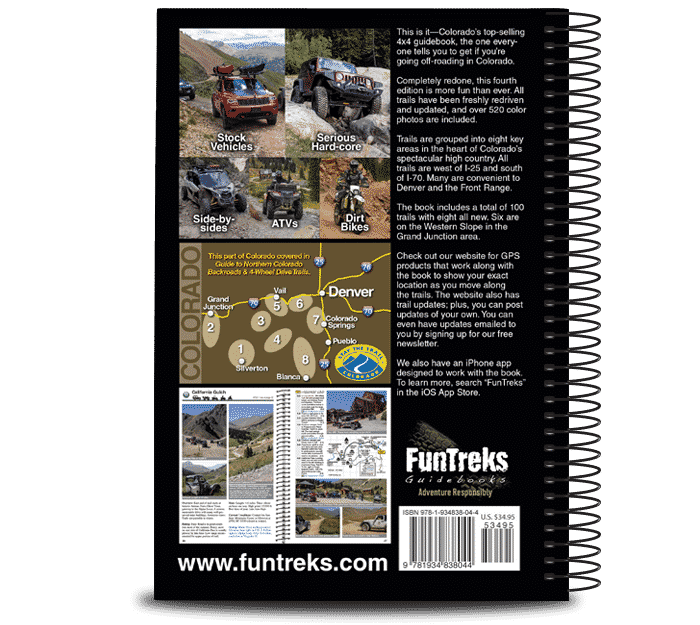
Additional Information
A Deeper Dive into “Navigate the South’s Best Backroads: A Comprehensive Guide”
A comprehensive guide to the South’s backroads necessitates more than simply listing routes; it requires a nuanced understanding of the geographical, historical, cultural, and economic factors that shape these routes and the communities they traverse. A truly valuable guide would incorporate several layers of analysis beyond basic directional information.
1. Geospatial Analysis and Route Selection Criteria:
A critical evaluation of the guide’s route selection is essential. The authors should articulate the specific criteria used. Were routes chosen based solely on scenic beauty? Or did considerations of historical significance, access to unique local businesses, environmental sensitivity, or infrastructure limitations also play a role? For example, a route featuring a historic Civil War battlefield would require a different analysis than one emphasizing Appalachian mountain vistas. The guide should include a geospatial map illustrating the routes’ density and distribution, highlighting any potential clustering or gaps in coverage. This analysis could reveal biases in route selection and opportunities for future expansion. The guide should also account for the varying conditions of these backroads, such as their suitability for different vehicle types (e.g., high-clearance vehicles versus passenger cars).
2. Socio-Economic Impact and Community Engagement:
The guide’s impact on the communities along these backroads deserves in-depth consideration. Backroad tourism can be a double-edged sword. While it can boost local economies through increased spending at businesses like restaurants, gas stations, and craft shops, it can also lead to environmental degradation, traffic congestion, and strain on local infrastructure. A responsible guide should address these potential downsides and promote sustainable tourism practices. For example, it could feature case studies of communities that have successfully managed tourism growth, highlighting best practices for preserving local culture and managing visitor impact. Data on visitor spending in specific areas along the routes, if available, could further illustrate the economic implications.
3. Historical and Cultural Contextualization:
The South’s history is complex and multifaceted. A comprehensive guide must weave this history into its narrative, avoiding simplistic or romanticized portrayals. Routes should be contextualized within their broader historical setting. For instance, a route through the Mississippi Delta should include information about its role in the history of cotton farming, the Civil Rights Movement, and the ongoing challenges faced by its residents. Similarly, routes through Appalachia should discuss the region’s unique cultural heritage, the impact of industrialization, and ongoing issues like poverty and healthcare access. The guide could benefit from including oral histories or excerpts from local archives to provide richer perspectives.
4. Environmental Sustainability and Conservation:
The guide must promote responsible environmental practices. It should highlight areas of ecological significance along the routes, encourage the use of eco-friendly transportation methods where possible, and discourage activities that could harm the environment (e.g., littering, off-road driving). The guide could include sections on Leave No Trace principles and information about local conservation organizations. Including statistics on carbon emissions associated with different modes of travel could be informative.
5. Safety and Preparedness:
Backroads travel can pose certain risks. The guide must provide comprehensive safety advice, including information on emergency preparedness, potential hazards (e.g., wildlife encounters, changing weather conditions), and recommended equipment. Detailed maps showing locations of cell service, hospitals, and gas stations are crucial. The guide should also discuss responsible cell phone usage while driving and avoiding distracted driving.
By incorporating these layers of analysis, “Navigate the South’s Best Backroads: A Comprehensive Guide” could transform from a simple travelogue into a valuable resource for travelers, historians, geographers, and anyone interested in understanding the complexities of the American South. The added depth would enhance its appeal and contribute significantly to sustainable and responsible tourism in the region.
